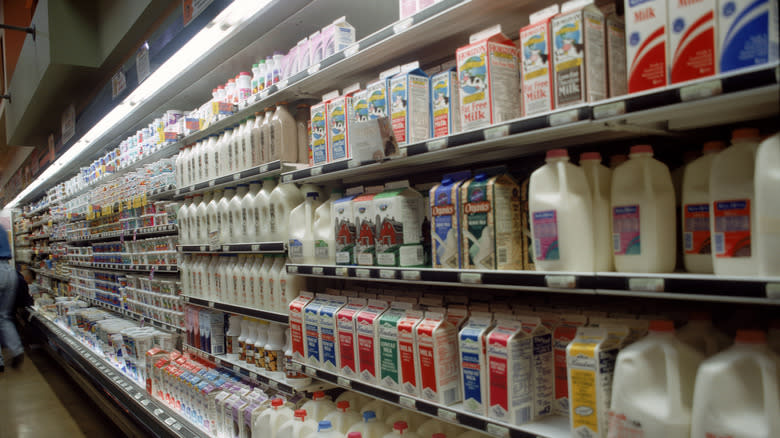What, Exactly, Is Breve Coffee?

The days of settling for a simple cup of joe are long over. As anyone who's scanned the menu of their local coffee shop knows, there's a large and consistently growing selection of hot and cold drinks, sometimes with only subtle differences between them. This can make it hard for even the most diehard caffeine addicts to tell them apart. Before your next visit to your favorite barista, we're helping to clear up one lesser-known style; breve coffee.
Breve coffee is an espresso-based drink that distinguishes itself from similar offerings like lattes by the dairy used in it. Breve coffee calls for steamed half-and-half (half whole milk, half cream) instead of the regular milk of lattes and cappuccinos. This creates an even creamier flavor in the drink as well as a slightly sweeter flavor.
The proportion of these two main ingredients is also critical. Breve coffees are made with a 1:1 ratio of espresso to dairy, meaning a double shot of coffee is paired with roughly two ounces of steamed half and half, topped with a layer of foam. This typically smaller size is referenced in the name as breve is Italian for "brief" or "short."
Read more: Popular K-Cups, Ranked Worst To Best
A Thoroughly American Coffee Drink

While the name may evoke images of the sophisticated, centuries-old espresso bars of Europe, the reality is that the breve coffee's roots are likely on the American side of the Atlantic and much more recent. The exact origins of breve coffee are murky. The key ingredient, half-and-half, wasn't available commercially until the 1920s when it was invented on a Florida dairy farm. Nationally, it didn't see widespread use until later in the 20th century.
Although it's a relatively simple drink overall, breve still requires the equipment and knowledge to make espresso, as well as the awareness to avoid the mistakes everyone makes when making espresso at home. These include using stale or pre-ground beans, the wrong brew ratio, or the wrong kind of water.
Curious and educated coffee fans should give this unique beverage a try and see how it stacks up to their favorite. With this information, fans will know exactly what to expect from their orders.
Read the original article on Mashed.


